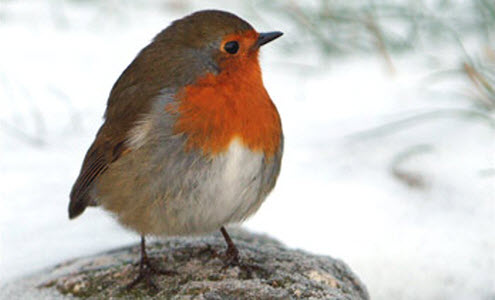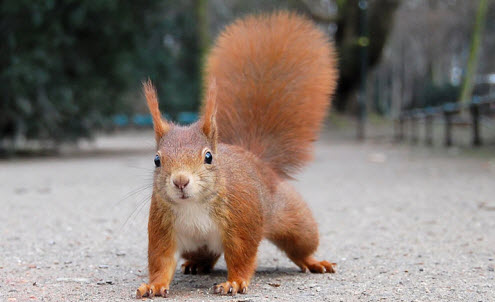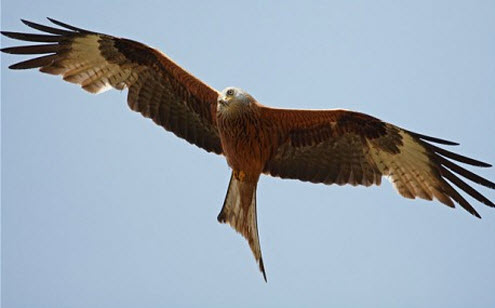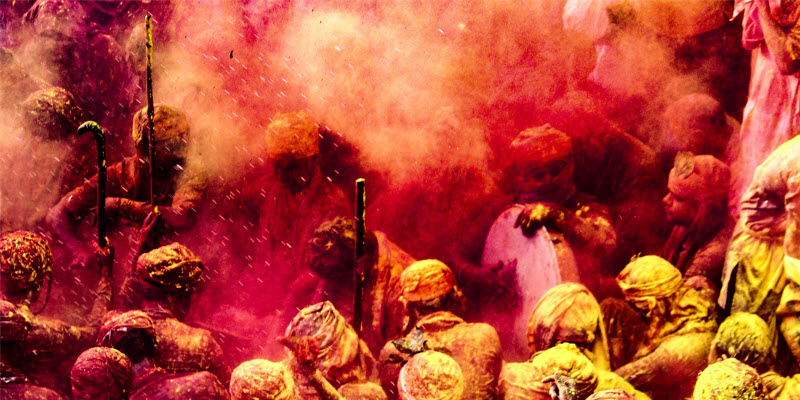colour in nature… when red is really orange

Karen Haller
BBC QI has to be one of my favourite shows. And I especially love it when they have questions relating to colour. In this particular show, they talked about colour in nature and when red is really orange.
When you see a robin’s red-breast you probably noticed it is actually orange. The bird was named before the English language had a word for the colour ‘orange’. Many things that were really orange were called red instead even though we did have the word for ‘orange’ as in the fruit.
The colour orange was not named as a colour in English until the 16th century. The name for the colour comes from the fruit.
Other examples of orange things called red are a red kite bird, a red squirrel, red-headed people and red deer.
Source: QI Series K – Knees & Knockers







Christmas cards and other graphic depictions of the robin commonly give it a breast as bright red as a post box, lazily following a cliche from words rather than from visual observation. Hence children use red rather than orange or orange-brown to paint a robin. Can they not be trained to look accurately at colours and the subtlety of nature?
Hi John,
Apologies for not replying sooner. At the time I believe there was no word for the colour orange which is why we call them red robin or red fox. Now we know the colour is orange but we still say red….
Karen 🙂
Actually, I’m rather ashamed of myself for settling for ‘orange.’ It’s better than ‘red’, but the colour is also rather brownish, approaching some brick-red or bright rust.
To make Robin’s Breast colour, Maryanne Lincoln’s Comprehensive Dyeing Guide (Mechanicsburg, PA: Stackpole Books, 9th edition 2005) recommends (p.118) ¼ tsp orange to 1/32 red, and then ‘to tone down its brightness’ 3/128 blue and 1/32 black. ‘Blue is the complement of orange and thus dulls it. Black makes a color smoky and dulls it in a different way.’
See also the discussion of robin colours in ‘Delhey et al, Seasonal Changes in Colour: A Comparison of Structural, Melanin- and Carotenoid-Based Plumage Colours’ in PLoS One, 2010 at https://www.ncbi.nlm.nih.gov/pmc/articles/PMC2904367/
Hi John,
thank you for the colour recipe. The references are really interesting.
Karen 🙂